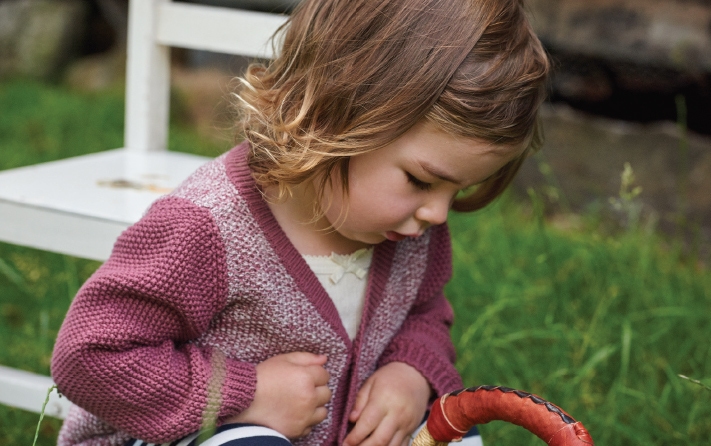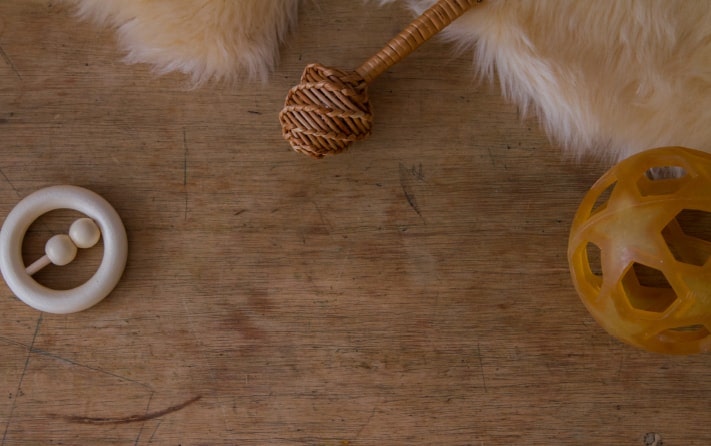This will ensure you receive shipping options, localised offers and currency.
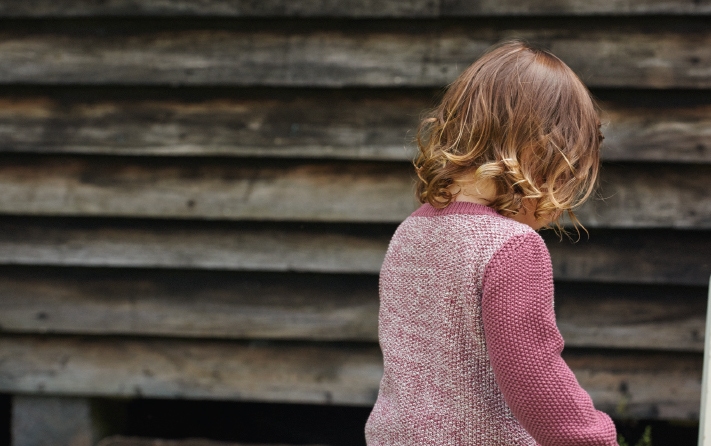
mindfulness for kids pt. 1: why mindfulness?
We chatted to the lovely Jan Ogle about mindfulness for kids, a wonderful practice that encourages being present in the moment and has many health benefits for children (and adults too!). We hope this journal post gives you some tips and tools for how you can incorporate mindfulness into everyday life with your little ones.
Jan was one of the Independent Facilitators contracted by the Mental Health Foundation to go into schools and deliver the Pause, Breathe, Smile mindfulness programme in schools. After Jan and her family experienced an unexpected event in 2008, she really learnt how beneficial mindfulness and meditation could be in daily life, and in processing loss and grief in a healthy way. Her journey led to completing a Diploma in Yoga and pursuing teaching mindfulness to children and adults.
Put simply, mindfulness is the practice of being in the present moment...
Being aware of what you’re doing and how you’re feeling in each moment, and being kind to yourself in the process. As we notice an experience we learn not to label or judge the experience as good or bad but to simply observe sensations, thoughts and feelings as they occur. With time and practise, mindfulness helps children learn how to notice their thoughts, their feelings and body sensations in a non-reactive way. Ultimately, they can learn what behaviours, habits and practices support their wellbeing.
Mindfulness gives us the tools we need to ‘grow’ and shape the brain in new ways that help to reduce stress and anxiety and enhance wellbeing...
The current research shows that mindfulness positively affects the brain in areas responsible for attention, sensory processing, learning, memory, empathy and compassion. Mindfulness helps increase attention, improves short-term memory, and increases independent and creative thinking. Just as importantly it helps increase compassion, empathy, kindness, gratitude and tolerance.
Some of the results or outcomes seen in kids practising mindfulness are:
- Greater focus, increased concentration, the ability to use their breath with awareness to calm themselves down when experiencing high emotions (e.g. over excitement, upset, anxiety, anger).
- The ability to put experiences into perspective and respond in a way that is in proportion to the event.
- The ability to recognise what is going on in their inner and outer worlds and to respond with increased understanding and perspective.
- Greater levels of kindness, compassion and empathy for both themselves (so important!) and others.
- An increased ability to resolve conflicts.
- The students I’ve taught have noted that their relationships with family, friends and peers greatly improved.
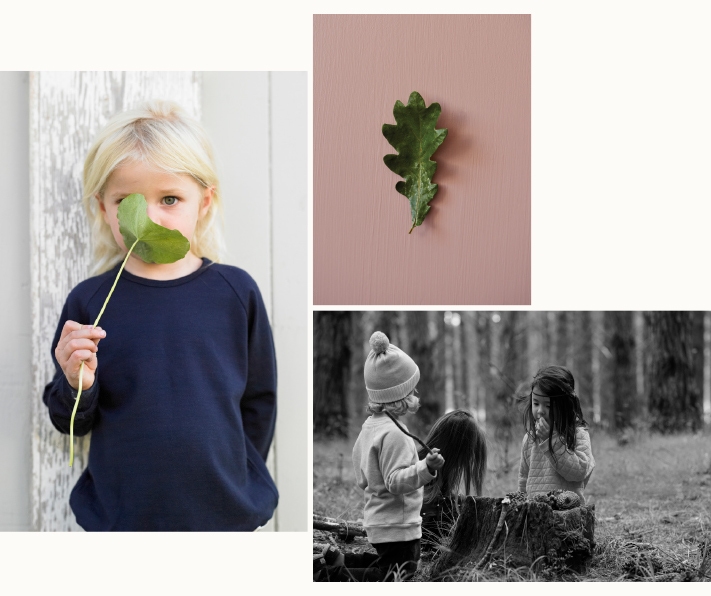

Mindfulness can be practised anywhere and anytime...
Ideally, you want to be bringing mindfulness into everyday living and activities. For example, one of the most important things parents can do for their children is to create time and opportunities for children to be out interacting with the physical environment and engaging with the natural world in an unstructured way. In this kind of situation, allow time to foster curiosity and discovery! As parents, you can model the process of being curious and simply noticing… it might be sounds, the pattern on a leaf, or an interesting rock. It may be noticing the sensation of the sun or breeze on your skin… how it feels, what you notice… The opportunities are endless. Not only are you firmly grounded in the present moment, you are modelling curiosity, directed attention, engagement of the senses and noticing what sensations are being experienced. Most important will be the connection with the natural world and fostering your child’s relationship with the natural world.
The other practice I would emphasise is practising kindness and gratitude; kindness to self, kindness to others and kindness to the environment. Again, use every day, naturally occurring situations to bring kindness or gratitude into the equation. As a family, do random acts of kindness anonymously or with no expectation of gain. Help one sibling to do a kindness for another… and note how it feels to be the giver and the receiver. There are so many opportunities throughout a day to practice and notice kindness.
It’s never too early to begin...
Or too late! Children and babies learn by imitation so it’s really important for adults to be modelling these practices for children. Remember, it’s about coming back to the present moment and noticing what is happening (how does it look, feel, smell… what do you notice in your body? Does it feel…?) with kindness and curiosity.
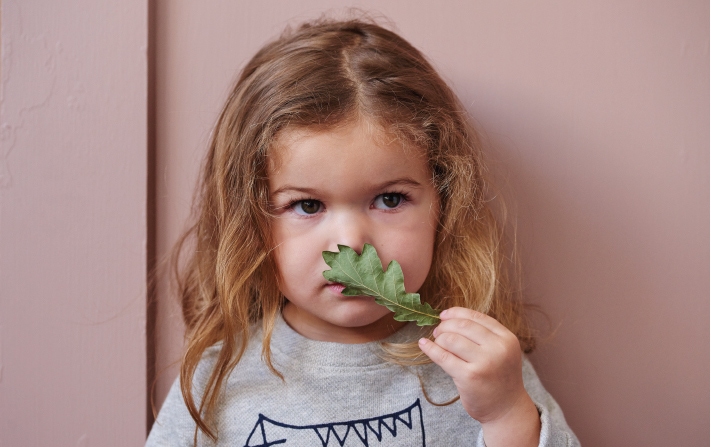

We loved hearing how we can start practising mindfulness ourselves and with our children, we hope you did too. We will be sharing a couple of guides for mindfulness practice in day to day life with your little ones soon, so stay tuned!
Thank you so much for sharing your beautiful words and knowledge with us, Jan. xx Nb





